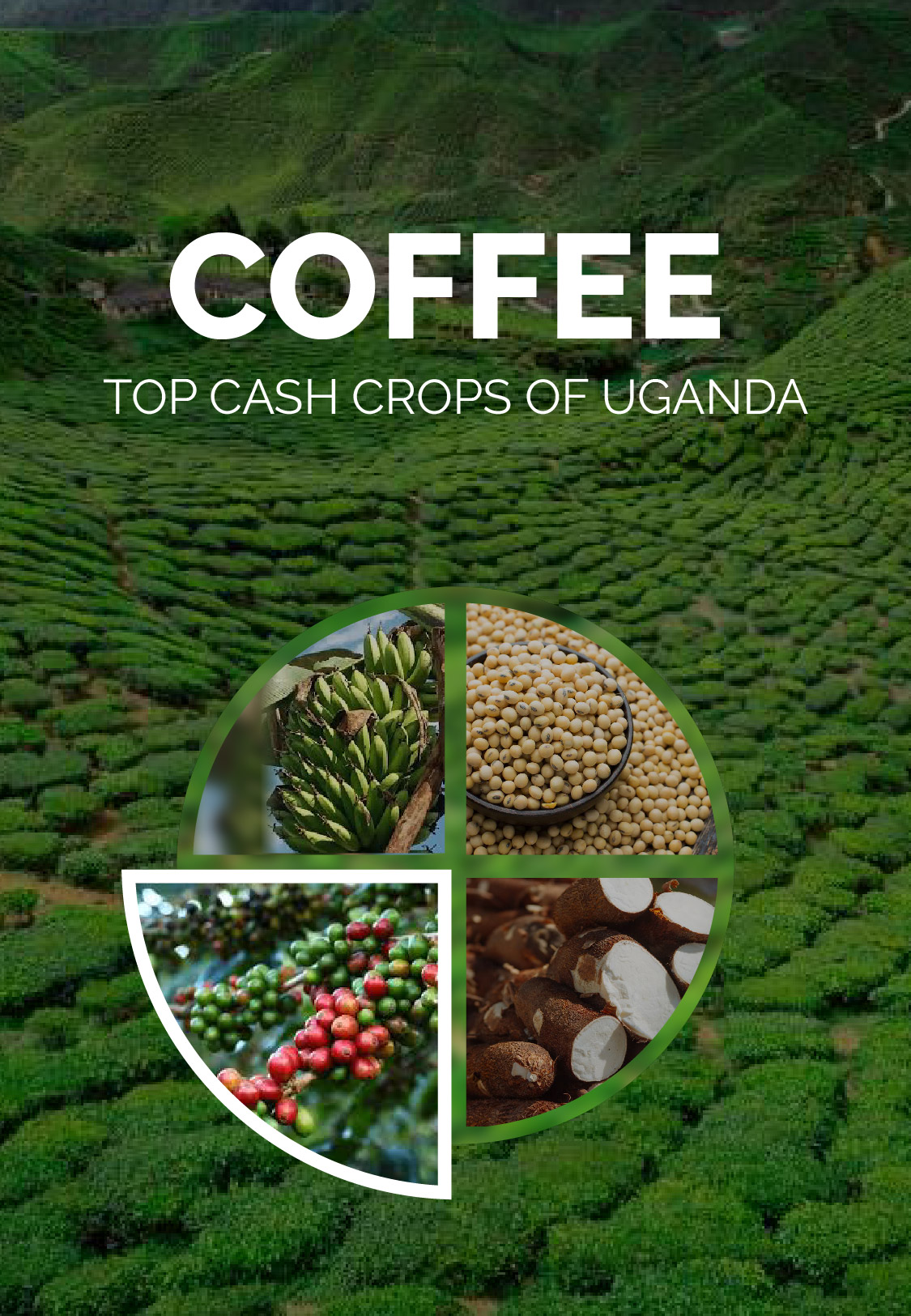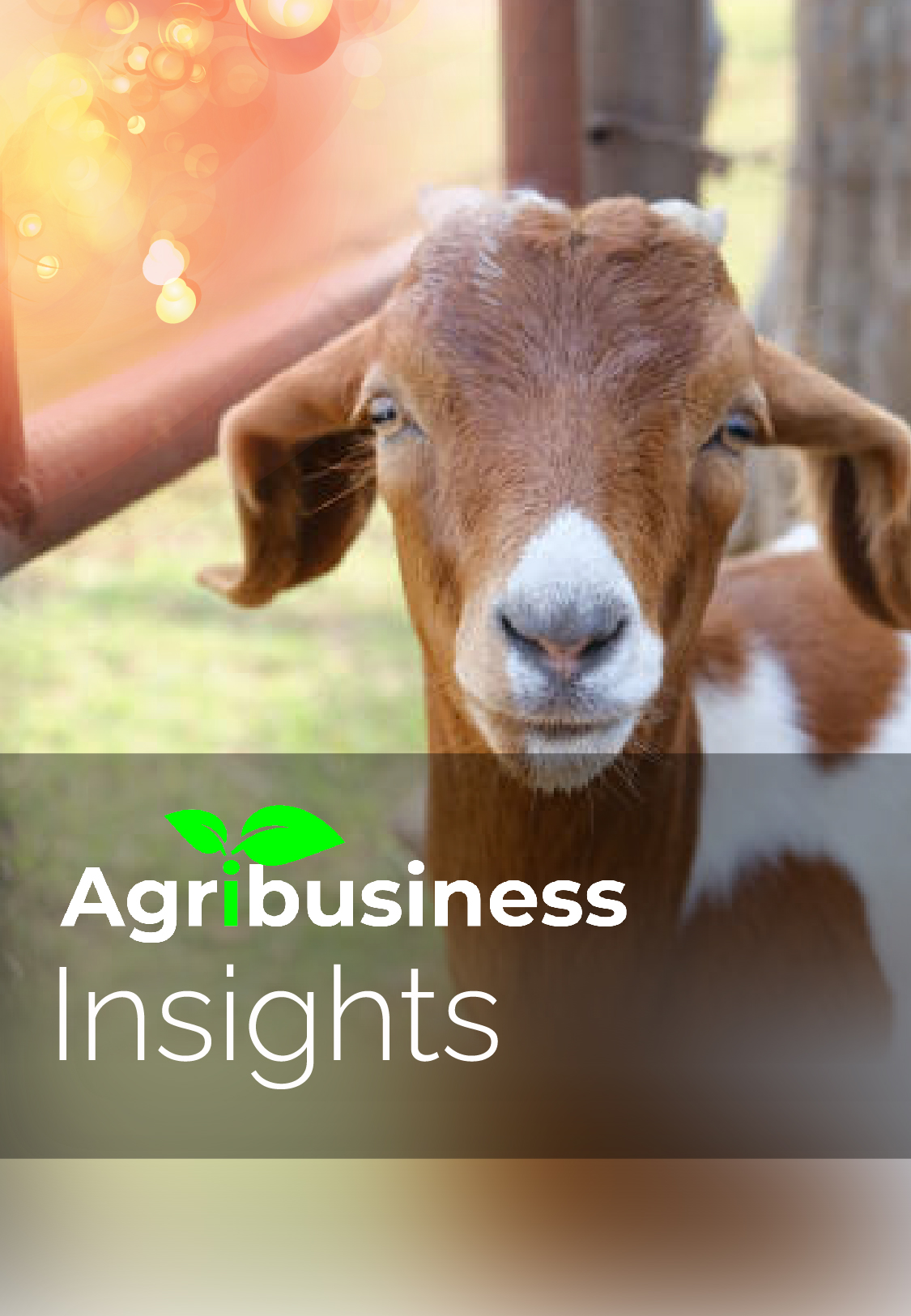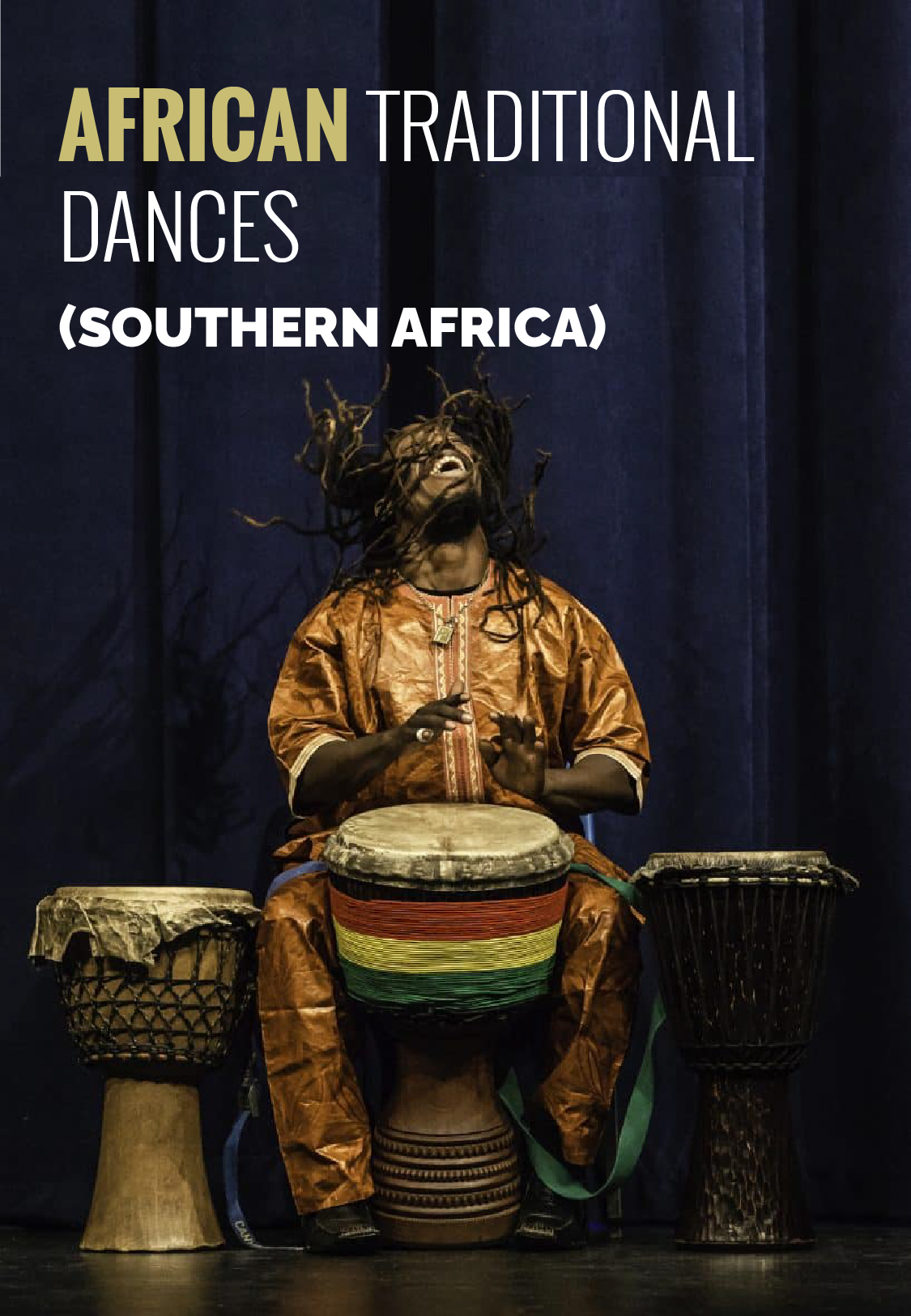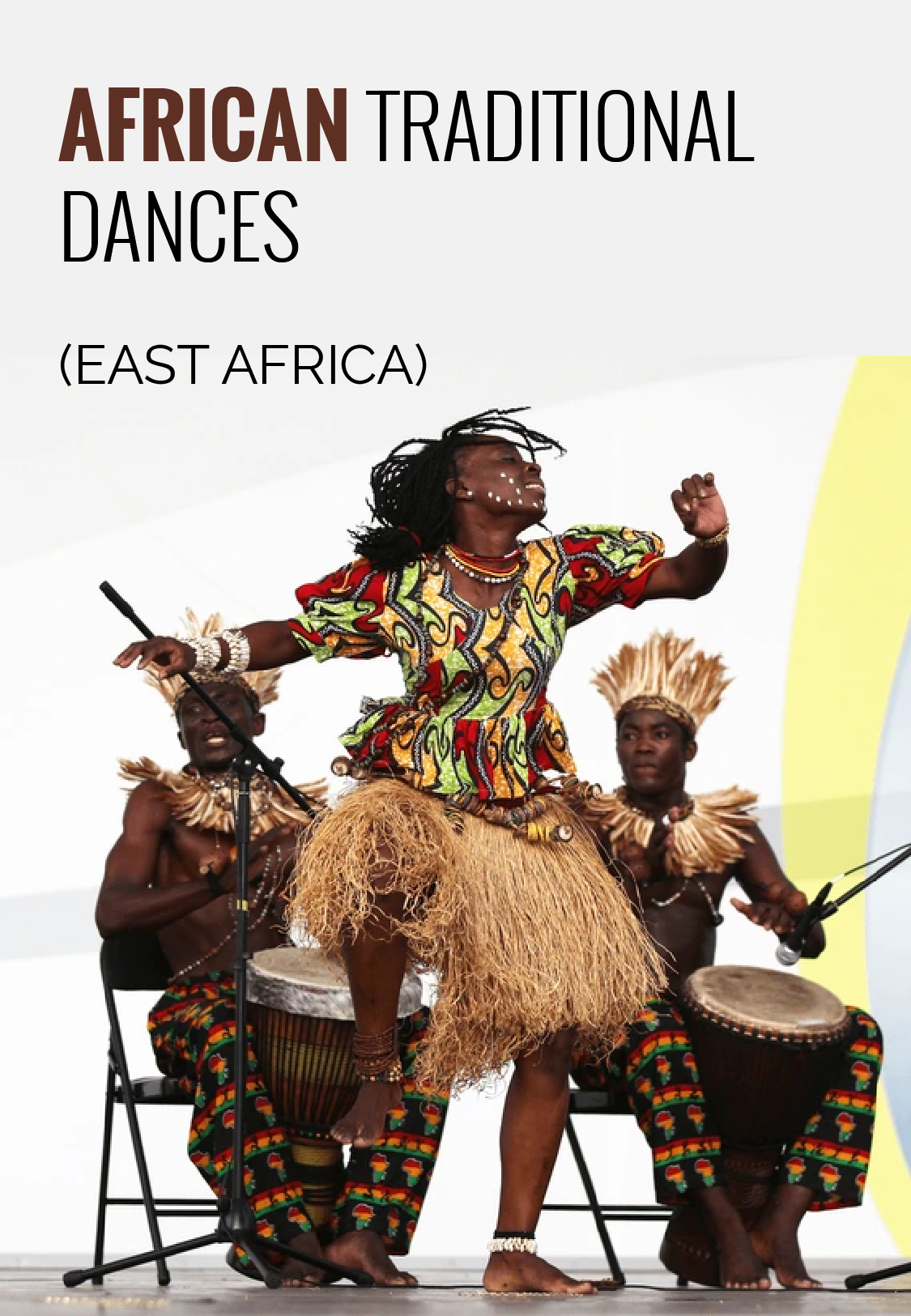The Ankole culture is a rich and distinctive cultural heritage found within the Bantu ethnic group, particularly among the Ankole people of southwestern Uganda. Known for their unique customs, social organization, and artistic expressions, the Ankole culture has been shaped by their historical, environmental, and societal influences.
-
Cattle Herding Tradition: The Ankole people have a deep connection to cattle herding, which is an integral part of their cultural identity. Cattle are highly valued and serve as a measure of wealth, status, and social prestige. The long-horned Ankole cattle are iconic symbols of the region.
-
Social Hierarchy and Clans: The Ankole society is organized into a hierarchical structure composed of different clans. Each clan is led by a chief and is responsible for specific functions within the community. The hierarchy helps maintain social order and a sense of identity.
-
Cultural Dress and Adornments: Traditional Ankole attire includes vibrant clothing made from colorful fabrics. Women often wear intricately woven skirts and decorative beadwork. Jewelry and accessories are used to signify social status, marital status, and age.
-
Royal Traditions: The Ankole have a long history of monarchy, and the Omugabe (king) is a central figure in their culture. Royal ceremonies, rituals, and symbols hold significant importance in Ankole society.
-
Traditional Music and Dance: Music and dance are integral to Ankole culture. Vibrant dance performances often involve rhythmic movements and intricate footwork, accompanied by traditional instruments such as drums, flutes, and stringed instruments.
-
Ceremonies and Celebrations: The Ankole people celebrate various life events through elaborate ceremonies, such as weddings, birth rituals, and initiation rites. These events are marked by traditional songs, dances, and communal feasting.
-
Oral Traditions and Storytelling: Ankole culture places great value on oral traditions and storytelling. Legends, myths, and folktales are passed down through generations, preserving history, moral lessons, and cultural values.
-
Agriculture and Food: While cattle herding is central, Ankole people also engage in agriculture. Millet, sorghum, and maize are staple crops, and dishes like millet bread (obushera) are essential components of their diet.
-
Spirituality and Beliefs: The Ankole people have traditional religious beliefs, often revolving around the veneration of ancestors and spirits in natural elements. These beliefs are interwoven with daily life, influencing decisions and practices.
-
Modern Influences and Challenges: Like many cultures, Ankole culture has evolved and adapted to modern influences. Urbanization, education, and external factors have brought changes to traditional practices while also contributing to efforts to preserve and promote Ankole heritage.
The Ankole culture's distinct features, including their cattle-centric lifestyle, rich traditions, and vibrant artistic expressions, reflect the depth of their history and the resilience of their identity. As the world continues to change, the Ankole people strive to maintain the core elements of their culture while embracing new opportunities and challenges.






![Agribusiness Insights (Plantain farming [gonja]) Agribusiness Insights (Plantain farming [gonja])](http://alkebulantv.africa/upload/Movie thumbnails/plantain p-01.jpg)



Share